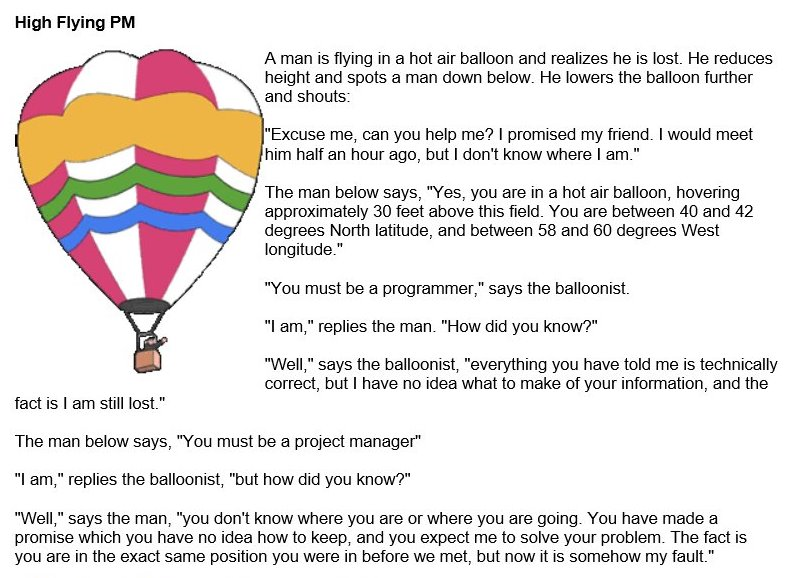Lean-Agile Leaders, Agile Coaches, Product Managers, Project Managers, PMO

Many project managers have learned about Agile. Agile started because of the high failure rate (80%) of projects and the fact that the final deliverables from these projects were not completely aligned to the initial customer requirements. The Agile manifesto was originally created for IT software teams, but its core tenets are equally relevant to non-IT teams. Agile is not a methodology, framework or process. Agile is a mindset based on a set of values aimed at harnessing the collective intelligence of teams:
- Adaptive plans replace rigid 12 month plans;
- Customer collaboration is valued greater than internal egos;
- Employee autonomy is promoted over command-control leadership style;
- Individual interaction stands above process and technological tools.
Within Agile, Scrum is the leading development methodology, used by many Fortune 500 companies around the world. The Scrum team framework uses three main components: a product owner, the project facilitator or Scrum Master and the Development Team.
The product owner brings together the customer(s), the company and the development team. The product owner creates a prioritized wish list. The owner is empowered to make binding end-product decisions during development and works with a project leadership team daily to ensure priorities are clear.
The project facilitator’s primary duty is to support the development team by clearing organizational bottlenecks and ensure the product owner’s needs are being met through Agile process implementation. The facilitator ensures the project’s goals and timeline are visible to everyone on the team so everyone is working within the same context. While the facilitator tracks problems and issues, their main value is to ensure clear communication through artfully facilitated scheduled meetings as well as in the continual cross-team and face-to-face interactions. Facilitators are like a team’s coach.
There are six Agile principles:
1. Customer satisfaction is the highest priority for everyone one within the organization and we must ensure that our interactions with the customer deliver value to the customer.
2. We must welcome and embrace changes in customer requirements.
3. Different teams within the organization must work together collaboratively.
4. We must create a supportive environment for employees and empower them with everything they need to complete their tasks effectively.
5. Face-to-face communication is the most effective way of communication between individuals and departments.
6. At regular intervals, individuals and teams must evaluate their performance in order to make improvements when necessary.
For organizations critically needing greater employee engagement, Agile provides teams with a way of engaging because it encourages collaboration, open communication and collective decision making across teams.
When you look at the 12 principles of agile, you see the words ‘accept fluctuation’, ‘collaborate’, ‘motivate workers’, ‘environment’, ‘trust’, ‘support’, ‘face-to-face communication’, ‘marathon not a sprint’, ‘special attention’, ‘increase efficiency’, ‘keep things simple’, ‘teams are empowered to make decisions’ and ‘team self-reflection’. For an agile coach or project manager, all of these words or phrases point to critical skills around execution leadership.
Yet, in an audit of the training programs and books on the topic of Agile and Scrum we found no evidence of development, tools and general guidance around execution leadership. It’s as if someone came up with a fantastic house design but didn’t see the need for a foundation or fasteners (nails, hinges, etc.). Execution leadership is a combination of clarity of role, skill and tools. Execution Leadership for Project Managers is a development program that turns a project manager into a master in execution leadership.
What is your biggest challenge related to execution leadership?



 First, let’s talk about why we feel so threatened by these kinds of aggressive statements. In the latest episode of Science of Self® in 60 Seconds,
First, let’s talk about why we feel so threatened by these kinds of aggressive statements. In the latest episode of Science of Self® in 60 Seconds,